Master the Challenge of Cold Chain with Blue Yonder (Part 2)
BlueYonder
FEBRUARY 15, 2024
My previous blog article focused on the size of the cold-chain market — $1 trillion by 2030 — and the huge opportunity it presents for the world’s logistics service providers (LSPs). Data analytics and insights. How can the typical LSP capitalize on this large and growing revenue stream? And how can Blue Yonder help?

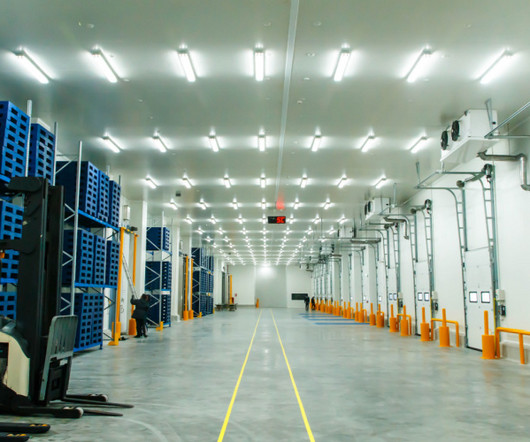


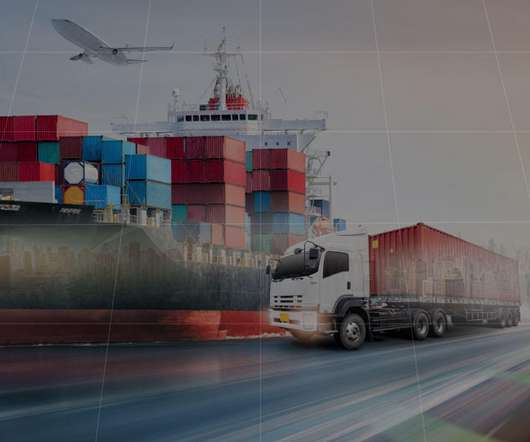
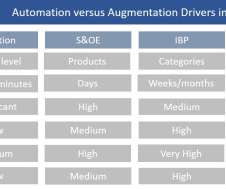
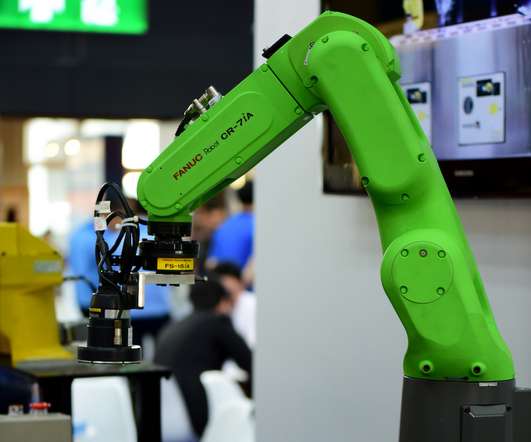

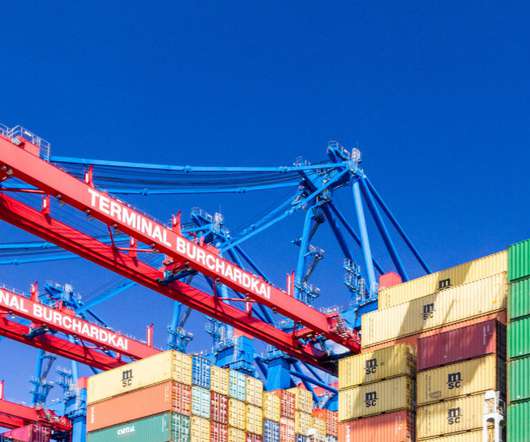


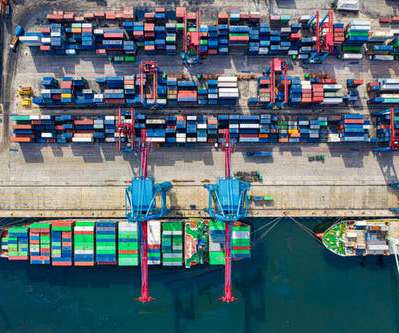
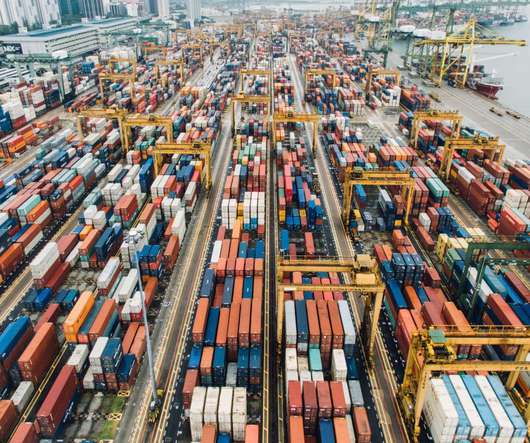












Let's personalize your content